While many other automakers have rushed into the electrification race, Toyota has taken a more cautious approach. Instead of pouring all its resources into pure electric vehicles (EVs), the company has expanded its hybrid lineup, introduced plug-in hybrids (PHEVs), and launched only a few EVs. This strategy has drawn criticism from Toyota—but it has proven to be the right one.
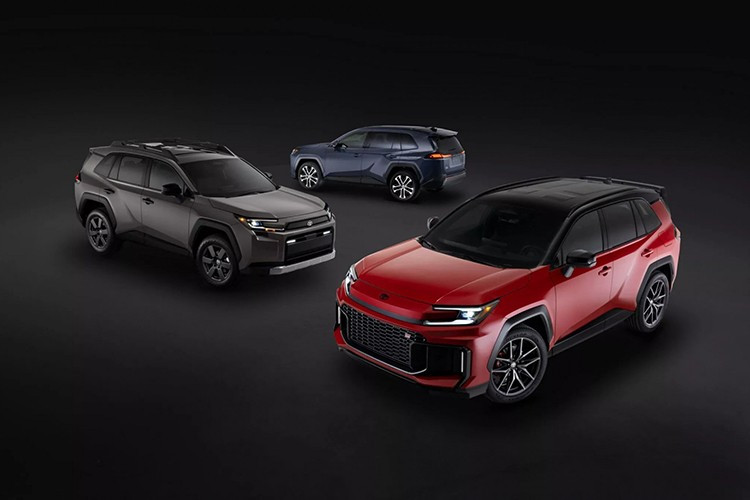
The lack of consumer enthusiasm for electric cars as expected has forced many of Toyota's rivals to cancel costly EV projects, delay their full electrification roadmaps and reevaluate their product development strategies.
PHEV: The New Strategic Card
Not one to be left out of the trend, Toyota is pushing ahead with plans to expand its PHEV portfolio. The company aims for this line of vehicles to account for about 20% of total sales in the US by 2030 – a sharp increase from the current 2.4%. However, this figure has not been officially determined because it depends on many factors such as production capacity and market demand.
Toyota already has PHEV models like the Prius Prime and RAV4 Prime, while luxury brand Lexus is also on board with the RX, NX, and TX plug-in hybrids.

“We will continue to expand PHEV production across our entire product portfolio over the next several years,” said David Christ, CEO of Toyota North America. He also revealed that the company is constantly working to increase the all-electric range of new PHEV models.
While it hasn't been announced specifically which models will get the PHEV version, Christ emphasized that Toyota is evaluating comprehensively, based on product potential and competitive advantage.
Toyota Grand Highlander – A strong candidate for the PHEV version
One of the most potential names for the next step is the Toyota Grand Highlander – a large SUV that can share the powertrain with the Lexus TX 550h+. This version uses a 3.5L V6 engine combined with two electric motors and an 18.1 kWh battery, for a total capacity of 404 horsepower and the ability to run purely on electricity for about 53 km.
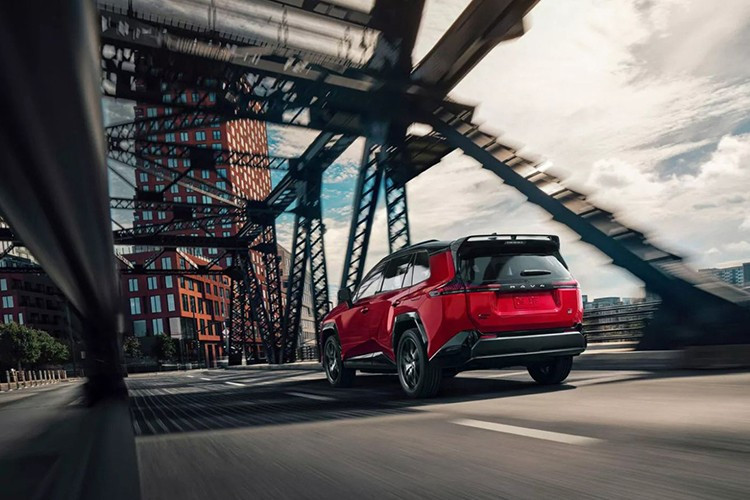
However, in a 2023 interview, a Toyota representative expressed disinterest in the idea, saying that the two current hybrid versions of the Grand Highlander were enough to meet customer needs.
Perception challenges and growth opportunities
Toyota-Lexus PHEV sales in the US increased by about 39% last year, a positive sign that customers are increasingly accepting of fuel-efficient cars that can be charged with electricity, according to a report.
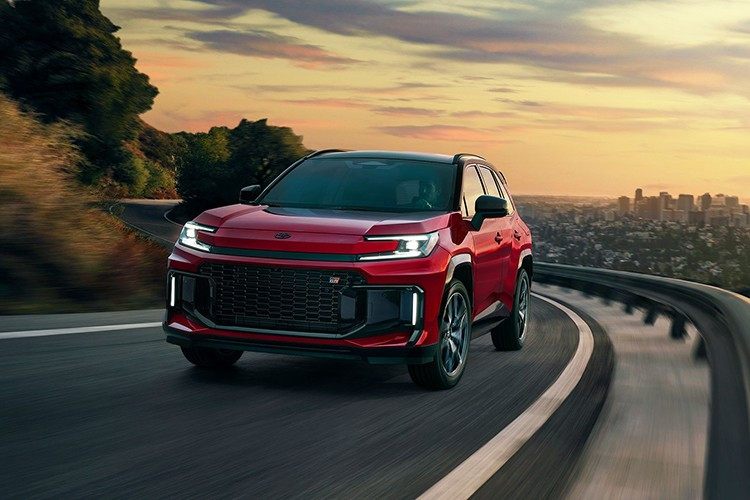
One of the biggest hurdles, however, is consumer awareness. In 2021, Toyota revealed a survey that found 75% of customers confused regular hybrids with plug-in hybrids, thinking that hybrids must be plugged in. Even though it has been more than two decades since the Prius was introduced, this information gap still causes the company to have difficulty communicating.
Despite the challenges ahead, Toyota believes PHEVs are the logical bridge between traditional gasoline vehicles and fully electric vehicles. As the EV market continues to struggle with infrastructure and cost bottlenecks, Toyota’s strategy of not putting all its eggs in one basket could continue to provide a competitive advantage in the long term.
Source: https://khoahocdoisong.vn/toyota-dang-dat-cuoc-lon-vao-xe-hybrid-sac-dien-post1545154.html






























![[Photo] National Assembly Chairman Tran Thanh Man visits Vietnamese Heroic Mother Ta Thi Tran](https://vphoto.vietnam.vn/thumb/1200x675/vietnam/resource/IMAGE/2025/7/20/765c0bd057dd44ad83ab89fe0255b783)


























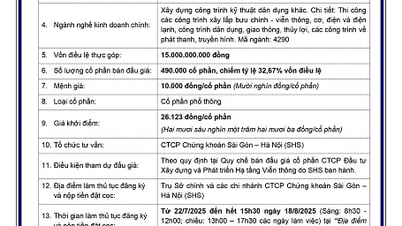




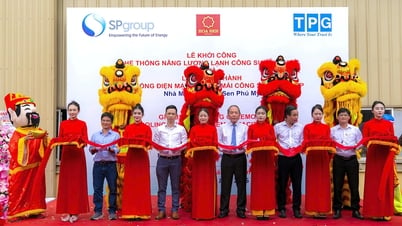



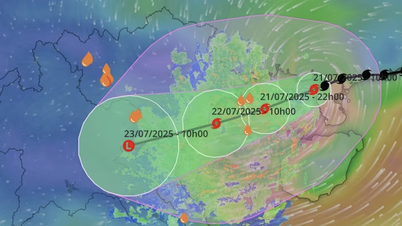





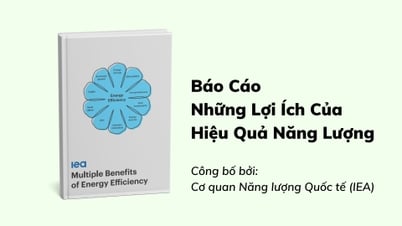





























Comment (0)